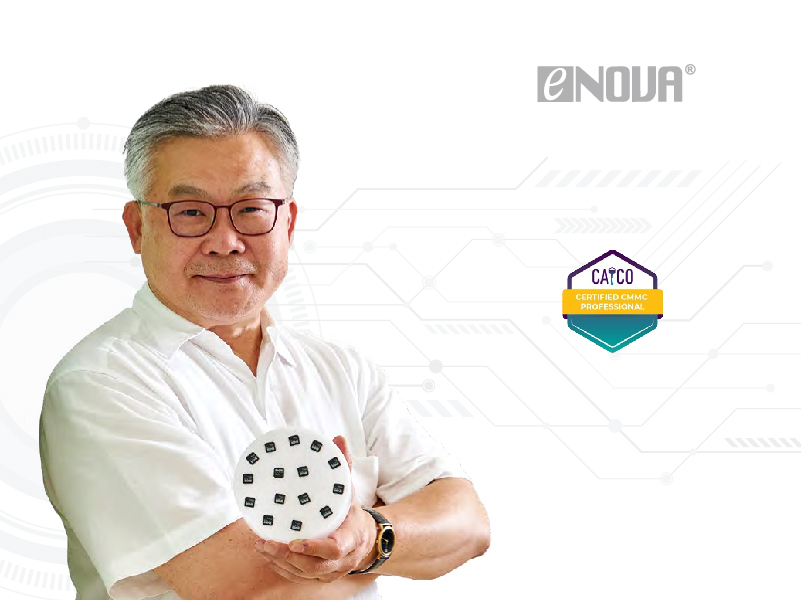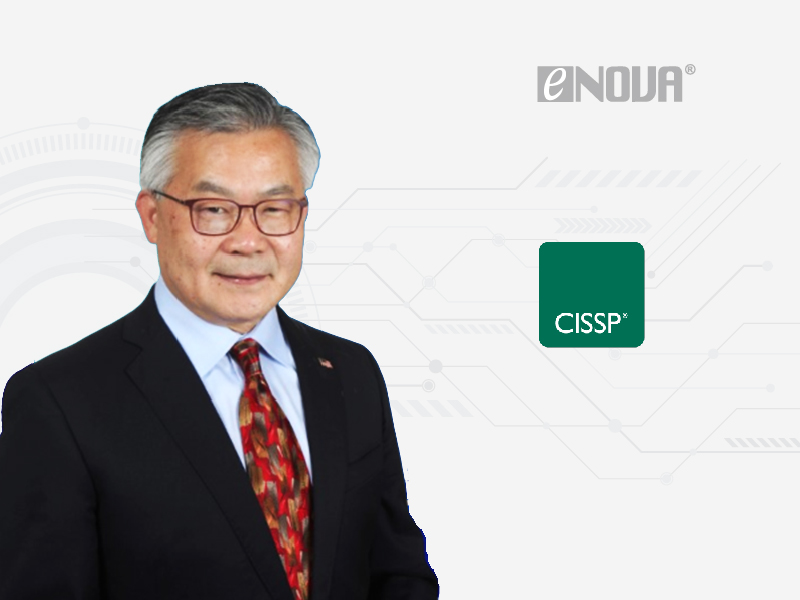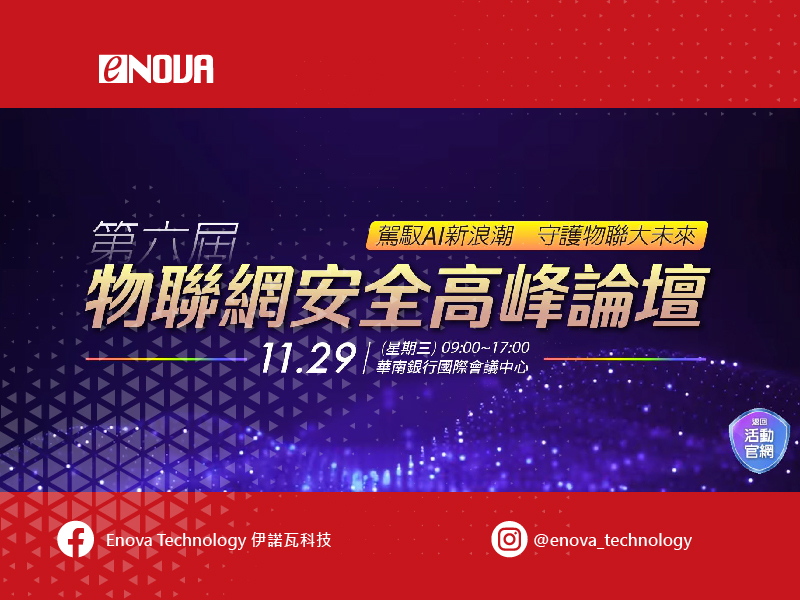Certified CMMC Professional, CCP
November 16, 2023 Hsin-Chu Science Park, Hsin-Chu City, Taiwan
Enova Technology would like to congratulate Mr. Robert Wann, founder and CEO of the company, who has been awarded the credential of Certified CMMC Professional (CCP) from The CyberAB, USA.
2023 年 11 月 16 日 新竹科學園區,台灣新竹市
伊諾瓦科技敬賀公司創辦人兼執行長萬述寧先生榮獲美國國防部(DoD)所推動的CMMC(Cybersecurity Maturity Model Certification)資通安全成熟度模型驗證之官方認證機構─Cyber AB所頒發之CMMC授權專業人員 (Certified CMMC Professional, CCP) 證書。


